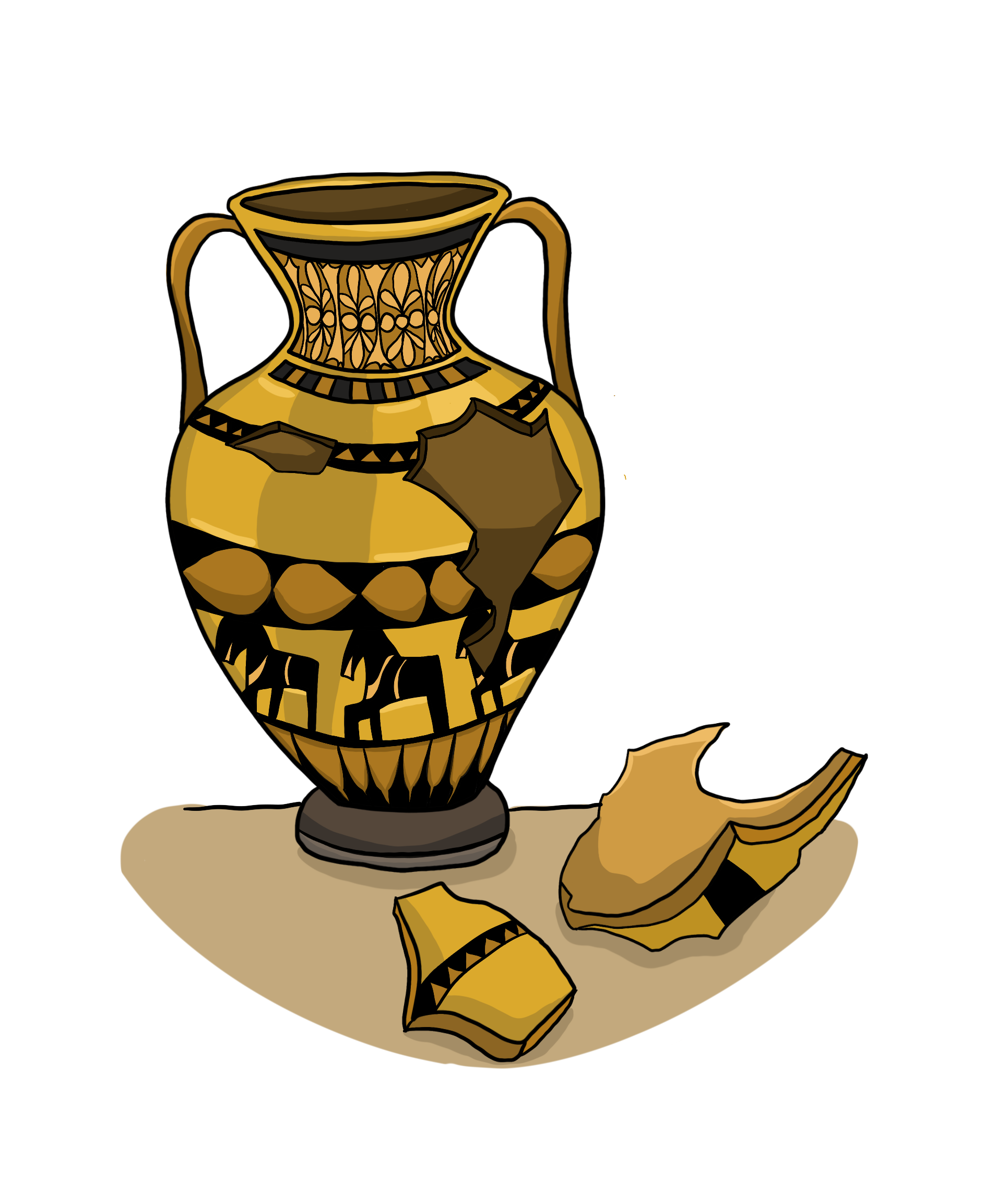Thursday, April 24
Brushes with History: The Ongoing Impact of Greco-Roman Art on the Modern World
Sophie Yang '26 in Arts | October 6, 2023

Art comes in many different flavors. Art is a painting, an empty canvas, a black-and-white photograph, a slice of cheese, a copper bowl, a sculpture, and a piece of pottery made from hardened clay. It is a figure of speech, It expresses feelings, political opinions, and cultural identities that cannot be conveyed through simple words. Art tells stories that transcend the wear and tear of time. Some of the last remaining pieces of evidence from Ancient civilizations exist in art; now, it is time for them to tell their story.
The most renowned and ancient of these art pieces date back to the Greeks and Romans, two of the most influential and powerful civilizations from thousands of years ago. Even now, in the modern age, the Greeks and Romans’ influence continues to hold solid and define politics, culture, and history as we know it.
These two civilizations’ stories were told mainly with sculptures and painted pottery, telling myths and epic tales of great heroes, monsters, gods, and goddesses. Whether these tales are true depends on the viewers’ wishes, but these works of art are proof enough that they were irrefutably real in their own way during ancient times.
Nowadays, all that remains of these masterful art pieces are washed-out blocks of stone, marble, and clay battered beyond recognition through the passing of time, but the memories inside of them live on. Perhaps there really was once a Heracles or Hercules—depending on how Roman you feel on that particular day—who shared a drink with Athena. Now, the legend of this interaction has been broken up into single, delicate panels of paint on the sides of wine vases scattered throughout the world. It would be impossible to recover the entire truth because bits and pieces of their story have ultimately been lost to time and spread in museums across the globe. Even if you wanted to discover the whole story, you’d have to run around the world searching for broken pieces of pottery. However, you would still only be left with conjectures.
But, if the Earth is ever invaded by aliens who understand nothing of humans, these works of art, these relics of time, would be the first step to understanding the human race’s long, complicated, ugly, yet beautiful history. Looking beneath the clay exterior, pottery goes far beyond just a decorative item or a wine jug—it is a puzzle piece connected to millions of other puzzle pieces that, combined together, tell the world’s story.
Art itself is not immortal, but the memories and stories encased within them continue to speak for themselves. As long as fragments of the past survive to see the modern day, the story of our predecessors will always be passed down, whether it be through word of mouth or in glass boxes displayed in museums. Even if the empires themselves have long since fallen, the art pieces remain a testament to their former grandeur.
Related Articles
- Mirror, Mirror, on the Wall... Who’s the Most Hated of Them all? Melina Kyriakopoulos ’27
- L Factor or L moment? Lawrentians Take the Stage Celestine Sutter ’27
- Spring Orchestra Concert Vincent Jie ’27
- Shedding Light on Julius Caesar Anton Popowitz ’26
- Threaded Up Thursdays: Intertwining Soul and Style Melina Kyriakopoulos ’27
Recent Articles
- Announcing: Valedictorian, Aurelian Speakers, and Faculty Speaker Sophie Liu ’27
- Senior Profile: Sophie Cheng ’25 Katherine Qiu ’27
- Debunking the Dining Hall Debate: Is Lawrenceville’s Dining Really That Bad? Isabelle Lee ’27
- Welcoming Our New VPs for 2025-2026 Sophie Liu ’27
- A Sweet Return: Melba Reopens with New Flavors and Community Spirit Ella Song ’27